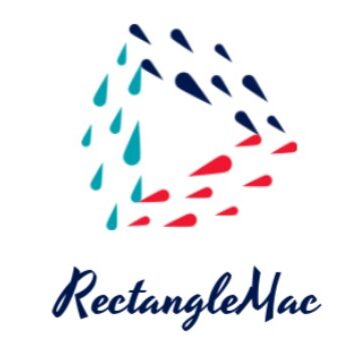Introduction
Neurodiversity refers to the natural variation in neurological functioning, including conditions such as autism, ADHD, dyslexia, and other neurological differences. In recent years, there has been an increased focus on embracing neurodiversity and creating inclusive environments that support individuals with neurological differences. Technological innovations have played a significant role in this movement, empowering individuals with neurodiverse traits and helping them thrive in various aspects of life.
Assistive Technology
Assistive technology has revolutionized the way individuals with neurological differences interact with the world. For example, communication apps and devices have provided a voice to individuals with speech impairments, allowing them to express their thoughts and ideas effectively. Augmentative and alternative communication (AAC) devices, which include speech-generating devices and picture-based communication systems, have become game-changers for those with limited verbal abilities. These technological advancements have facilitated greater independence and improved social interactions for individuals with neurological differences.
Sensory Support
Many individuals with neurological differences experience sensory sensitivities and can become overwhelmed by certain environments. Technology has stepped in to address these challenges. Sensory support applications and devices have been developed to create customized environments that cater to individuals’ sensory needs. These technologies can adjust lighting, sound, and other sensory inputs to optimize comfort and reduce sensory overload. Virtual reality (VR) and augmented reality (AR) technologies have also been used to simulate different environments and allow individuals to navigate them at their own pace, boosting confidence and reducing anxiety.
Learning and Education
Technology has made significant advancements in the field of education, benefiting individuals with neurological differences. There are various applications and software specifically designed to support individuals with learning differences. For example, text-to-speech software enables individuals with dyslexia to access written information by converting it into spoken words. Interactive learning platforms provide personalized instruction and adaptive learning tools, catering to individual learning styles and pacing. These technological interventions have leveled the playing field for individuals with neurological differences, allowing them to fully participate in educational opportunities.
Employment Opportunities
Technology has opened up new avenues for employment for individuals with neurological differences. Remote work, telecommuting, and flexible work arrangements have become increasingly common, offering individuals the opportunity to work in environments that suit their needs. Additionally, there has been a rise in initiatives promoting neurodiversity hiring programs, where companies actively seek to hire individuals with neurological differences. Employers are recognizing the unique skills and perspectives that neurodiverse individuals bring to the table, fostering creativity, innovation, and problem-solving in the workplace.
Conclusion
Technology is reshaping the landscape for individuals with neurological differences, promoting neurodiversity and creating opportunities for inclusive participation in various aspects of life. From assistive technology and sensory support to personalized learning tools and employment opportunities, innovation in technology is empowering individuals to thrive. By embracing neurodiversity and leveraging the power of technology, society can foster a more inclusive and supportive environment for individuals with neurological differences.
